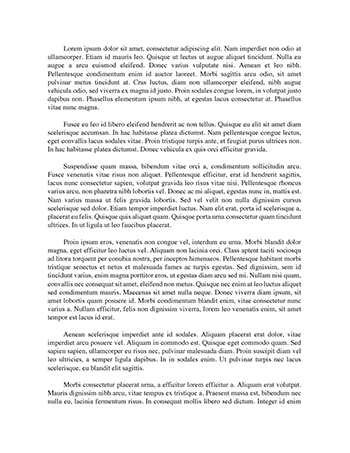mla
References
Abel, J., Pring, A., Rich, A., Malik, T., & Verne, J. (2013). The impact of advance care planning of place of death, a hospice retrospective cohort study. BMJ Support Palliat Care, 3(2), 168-173. Retrieved from http://www.ncbi.nlm.nih.gov/pmc/articles/PMC3632964/
Brown, R.S., Peikes, D., Peterson, G., Schore, J., & Razafindrakoto, C.M. (2012). Six Features of Medicare Coordinated Care Demonstration Programs that Cut Hospital Admissions of High-Risk Patients. Health Affairs, 31(6), 1156-1166.
Coleman, E.A., Parry, C., Chalmers, S., & Min, S. (2006). The Care Transitions Intervention: Results of a Randomized Controlled Trial. Archives of Internal Medicine, 2006(166), 1822-1828. doi:10.1001/archinte.166.17.1822
Goodman, D.C., Fisher, E.S., & Chang, C.H. (2011). After Hospitalization: A Dartmouth Atlas Report on Post-Acute Care for Medicare Beneficiaries. Retrieved from The Dartmouth Institute website: http://www.dartmouthatlas.org/downloads/reports/Post_discharge_events_092811.pdf


